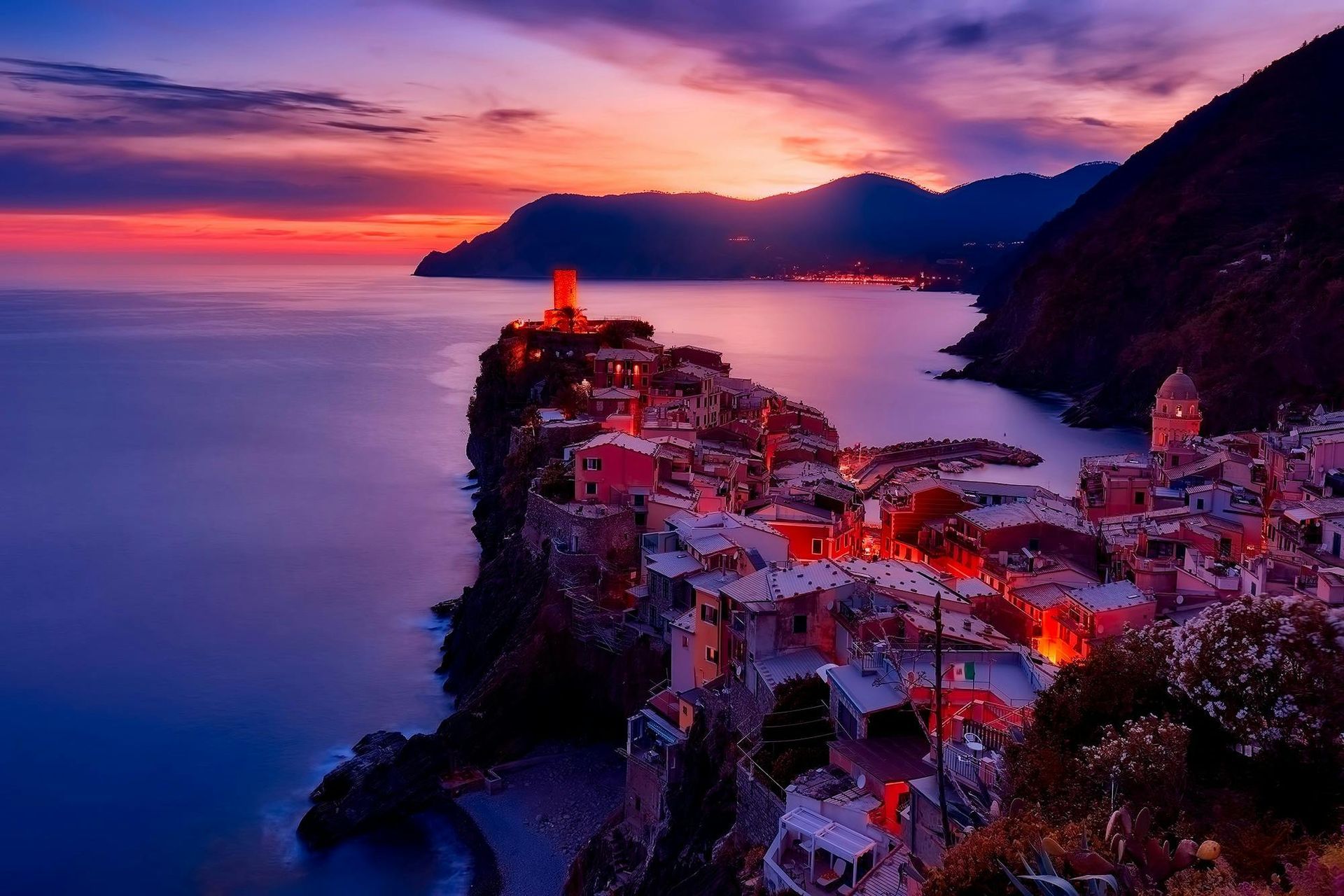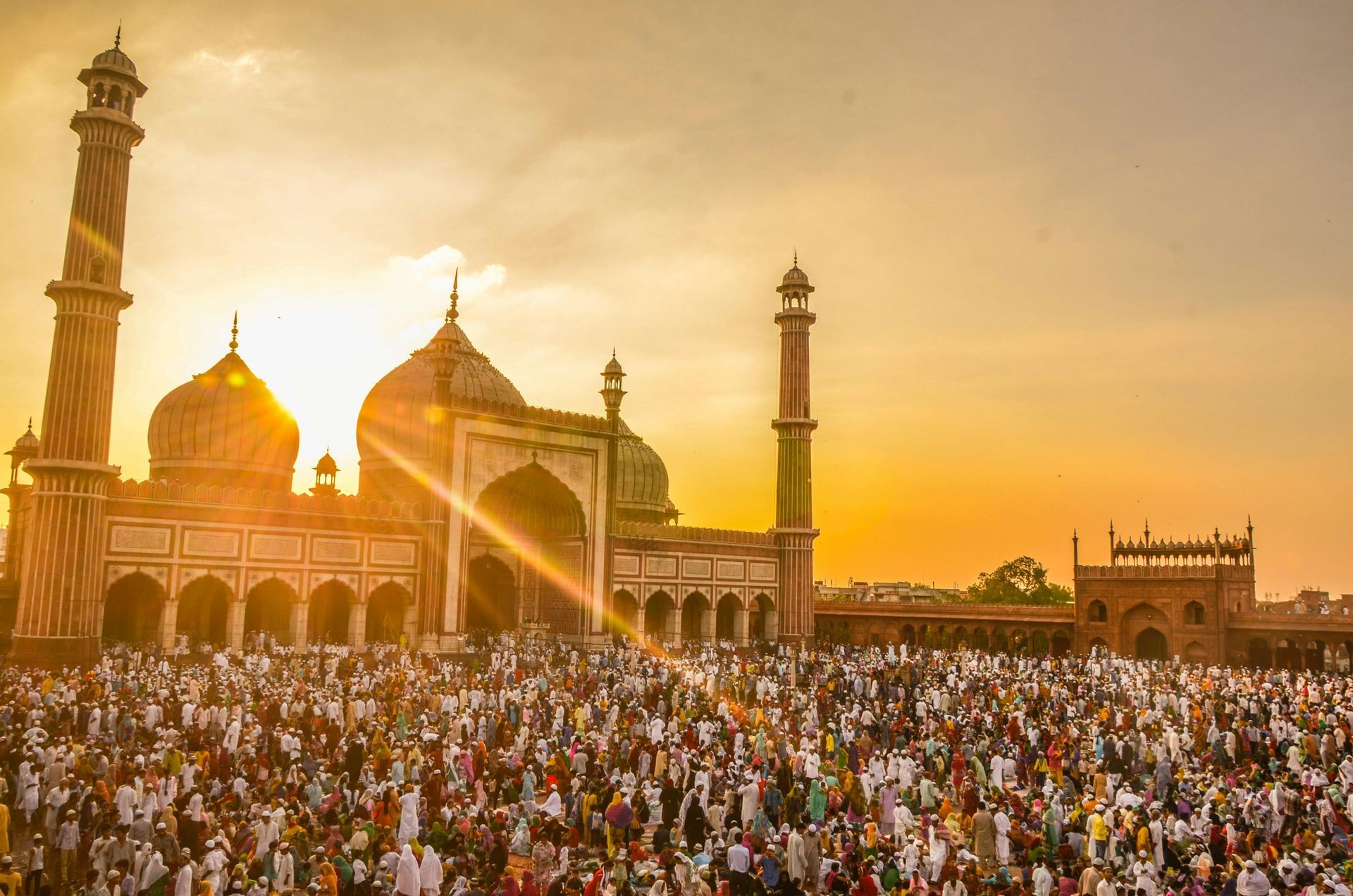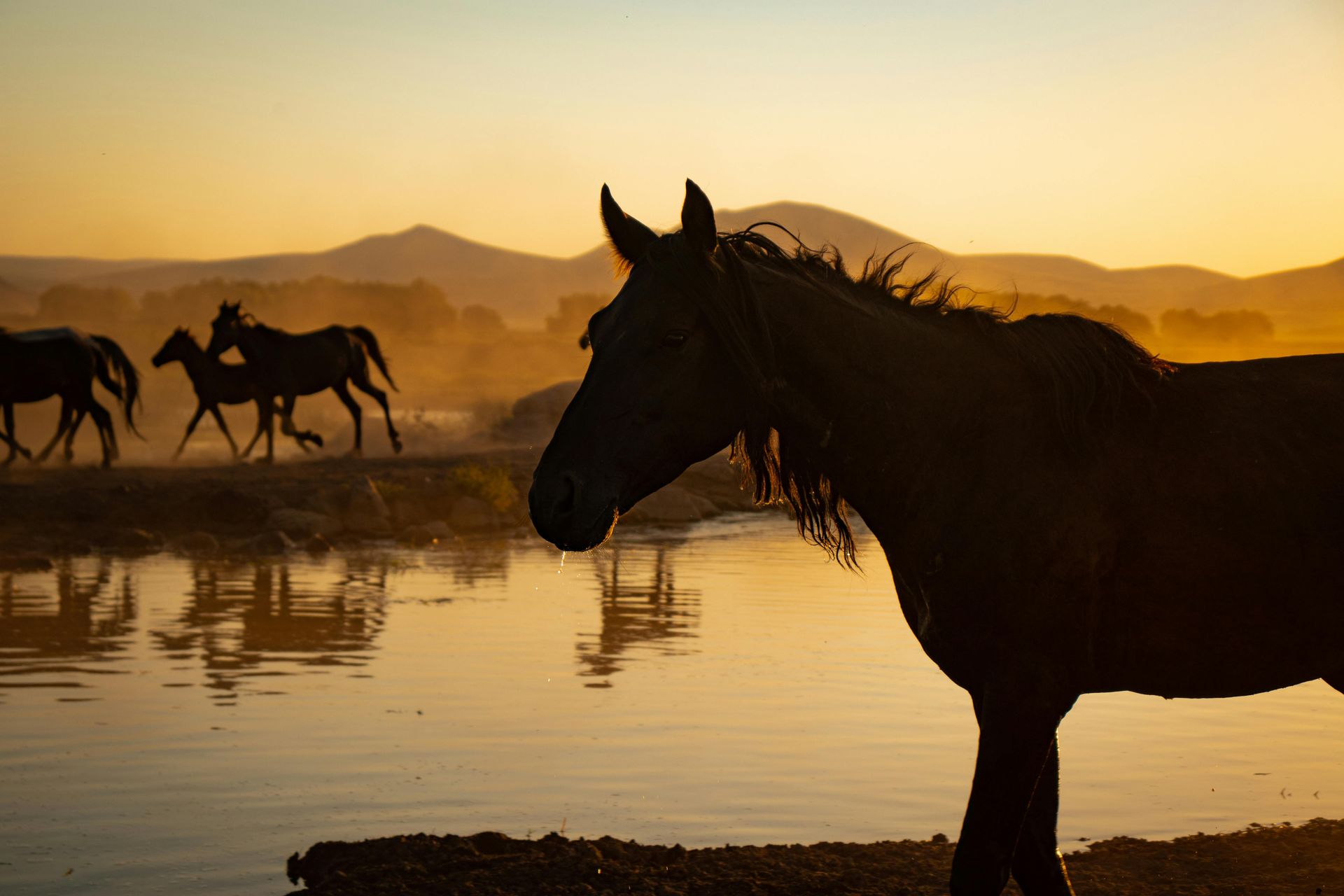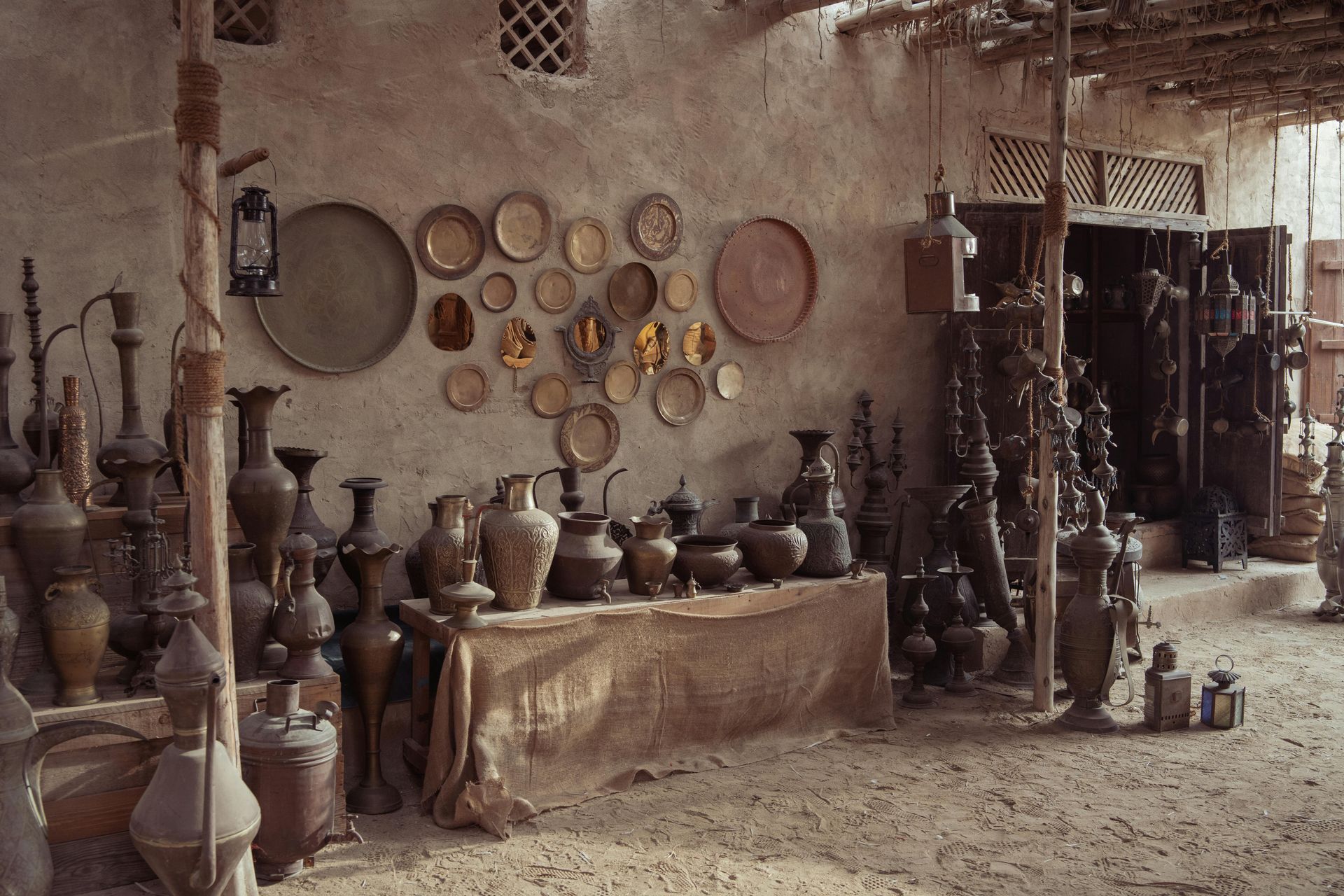Michelin Star Tourism: Discovering the Best Sustainable Fine Dining
Michelin Star Tourism: Discovering the Best Sustainable Fine Dining
Explore the best sustainable Michelin star restaurants. Learn about top establishments, renowned chefs, and tips for planning your Michelin star culinary tour.
Introduction to Michelin Star Sustainable Dining
There’s something undeniably indulgent about the idea of chasing Michelin stars across borders. The crisp white linens, the artful plating, the hushed anticipation before the first bite. In today’s climate-conscious world, fine dining is undergoing a quiet, graceful transformation. Sustainability is now a hallmark of true excellence in fine dining.
Michelin-starred restaurants are leading the way, proving that excellence and responsibility can share the same plate. This is evolution — where flavour, ethics, and innovation meet in harmony.
What Can Make a Michelin Star Restaurant Sustainable?
Sustainability in fine dining isn’t just about food miles or composting (though those matter).
It reflects a deep, intentional commitment to the environment, communities, and future generations.
A sustainable Michelin star restaurant might:
- Prioritise local, seasonal ingredients
- Build direct relationships with ethical producers
- Reduce food waste through intelligent menu design
- Use renewable energy or carbon offsetting
- Support biodiversity and regenerative agriculture
- Ensure fair treatment of staff and suppliers
It’s about thoughtful decisions at every level — from the wine list to the hand-thrown ceramics — all while maintaining the magic that earned them their stars.
Every detail — from the wine list to— is a reflection of conscious decision-making and culinary integrity.
The Michelin Green Star: A New Standard in Sustainability
In 2020, the Michelin Guide introduced the Green Star, a symbol designed to spotlight restaurants leading the way in sustainable gastronomy. This wasn’t just a trend-driven addition. It was a recognition that environmental stewardship deserves the same spotlight as culinary brilliance.
Awarded alongside traditional stars, the Green Star celebrates those who go beyond seasonal menus — chefs and restaurants who are actively shaping a better food future. Think regenerative agriculture, waste-free kitchens, renewable energy use, and a commitment to ethical sourcing at every level.
It’s not about perfection — it’s about progress. And for diners, it offers a new kind of compass: one that points toward pleasure and purpose.
Top Green Michelin Star Restaurants with Sustainable Practices
Hiša Franko – Kobarid, Slovenia
Nestled in the Soča Valley, Hiša Franko is helmed by self-taught chef Ana Roš. The restaurant has been awarded three Michelin stars and a Green Star for its exceptional cuisine that pays tribute to the local natural and culinary heritage. Chef Roš's commitment to sustainability is evident in her use of local ingredients and her innovative approach to reflecting the seasons in her dishes.
L’Enclume – Cartmel, Cumbria, UK
Chef Simon Rogan's flagship restaurant, L’Enclume, is renowned for its farm-to-table approach, sourcing ingredients from its own regenerative farm. The restaurant's dedication to sustainability and innovation has earned it both three Michelin stars and a Green Star, making it a pioneer in sustainable fine dining in the UK.
Osteria Francescana – Modena, Italy
Under the guidance of chef Massimo Bottura, Osteria Francescana in Modena has been awarded three Michelin stars and a Green Star. The restaurant is celebrated for its modernist cuisine that reinterprets traditional Italian dishes. Bottura's commitment to sustainability is evident through initiatives like the Food for Soul project, which combats food waste and social isolation by transforming surplus food into meals for those in need.
Noma – Copenhagen, Denmark
Led by chef René Redzepi, Noma has earned three Michelin stars and a Green Star for its innovative approach to New Nordic cuisine. The restaurant focuses on foraging and the use of local, seasonal ingredients, reflecting a deep commitment to sustainability. Noma's dedication to environmental responsibility has set a new standard in the fine dining world
Profiles of Renowned Sustainable Chefs
Daniel Humm – Eleven Madison Park, New York, USA
Renowned for reinventing one of the world’s most iconic dining rooms, Daniel Humm has led Eleven Madison Park into a new chapter centred on innovation and purpose. With three Michelin stars and a bold shift towards more sustainable practices, Humm has redefined modern luxury by placing nature, craft, and consciousness at the heart of his menus.
Zineb Hattab – KLE, Zurich, Switzerland
Chef Zineb Hattab’s rise from engineer to Michelin-starred chef is matched only by her passionate commitment to thoughtful dining. At KLE in Zurich, she brings precision, heart, and a strong sustainable ethos to every plate. Her Michelin Green Star is a testament to a philosophy that blends refined technique with care for the environment and community.
Alexis Gauthier – Gauthier Soho, London, UK
Trained in classical French kitchens, Alexis Gauthier has become a voice for sustainability within fine dining. His Soho restaurant marries tradition with a forward-thinking approach, earning accolades not only for its cuisine but for its ethical considerations — from sourcing to service. Gauthier’s quiet revolution is rooted in quality and conscience.
Kirk Haworth – Plates, London, UK
A rising force in sustainable gastronomy, Kirk Haworth brings years of Michelin-starred experience to his culinary venture, Plates. His dishes reflect a deep respect for nature, seasonality, and health, informed by both his personal journey and professional rigour. Each menu is a celebration of innovation grounded in integrity.
Rob Rubba – Oyster Oyster, Washington, D.C., USA
Rob Rubba’s approach to fine dining is rooted in restraint, craftsmanship, and connection to the natural world. At Oyster Oyster, he has created an experience that honours local producers, reduces waste, and celebrates the subtle beauty of seasonal ingredients — earning both a Michelin star and a Green Star for his efforts.
The Farm-to-Table Movement in Fine Dining
Once a buzzword, farm-to-table has matured into a defining principle of conscious gastronomy. It’s about shortening the distance between farm and fork — not only to reduce emissions but to deepen our understanding of what we eat.
In the Michelin-starred world, this often means:
- On-site gardens and greenhouses
- Menus that change daily based on harvests
- Direct partnerships with growers and artisans
- Storytelling that gives credit to producers, not just chefs
It’s the kind of luxury that leaves a lighter footprint — and a deeper impression.
Planning Your Michelin Star Culinary Tour
Ready to turn your culinary curiosity into a journey? Here’s how to plan a Michelin-starred tour with sustainability in mind:
- Map out clusters: Focus on regions with multiple sustainable stars — like Copenhagen, Kyoto, or Basque Country — to reduce travel.
- Travel smart: Opt for trains where possible, or offset your flights with reputable programmes.
- Book well in advance: Sustainable restaurants often have fewer seats and longer waitlists. Patience pays off.
- Stay locally: Support boutique hotels, eco-lodges, or even farm stays near your chosen restaurants.
Tips for Enjoying Sustainable Gourmet Meals
Dining at this level can feel intimidating, but it doesn’t need to be. Here’s how to savour the experience fully — and consciously:
- Ask questions. Most sustainable chefs love sharing the stories behind their dishes.
- Be open. You may encounter ingredients you’ve never tried — embrace the unfamiliar.
- Respect the rhythm. Tasting menus are crafted like symphonies. Trust the pacing.
- Take notes. Not for bragging rights, but to remember what moved you — the wild herb you’d never heard of, the bread made with ancient grains, the wine from a vineyard you could visit next.
Michelin star tourism today is an invitation: to travel slowly, eat consciously, and delight deeply. It’s indulgence redefined — where every bite tells a story of care, craft, and connection.











